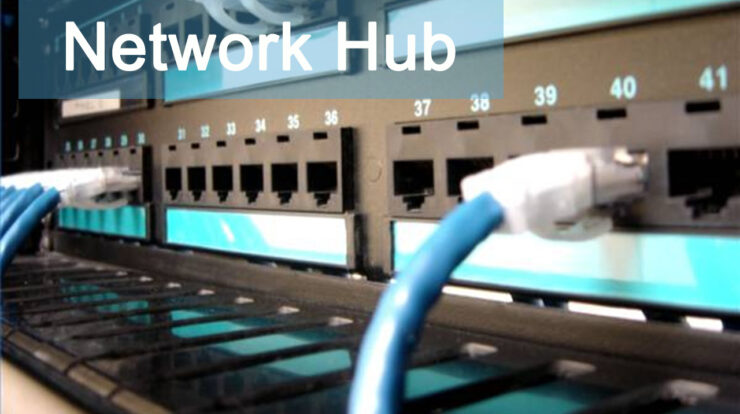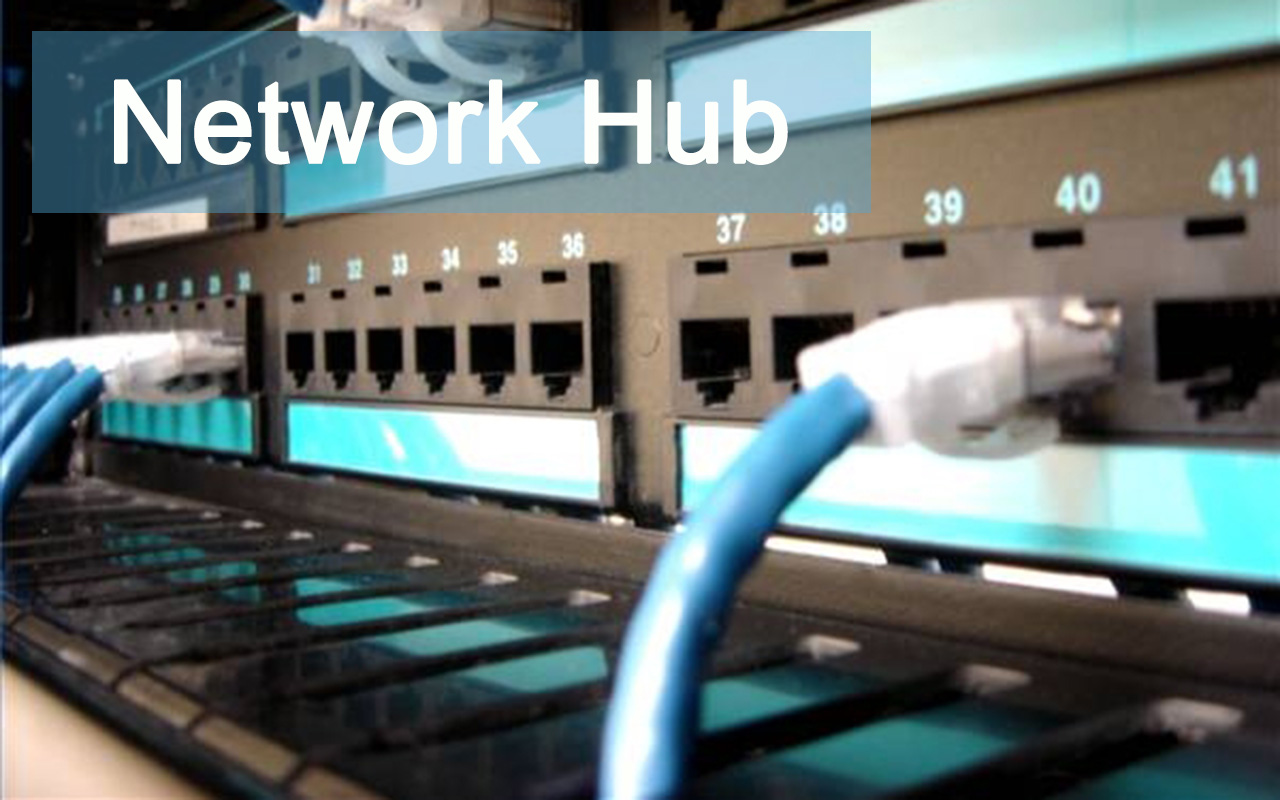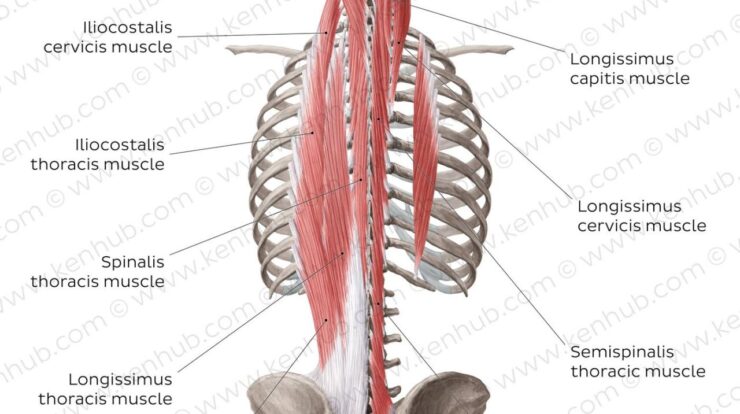
Hub def, a concept that permeates various domains, from technology to transportation, offers a central point of convergence, enabling seamless connectivity and facilitating growth. This comprehensive exploration delves into the essence of hubs, their diverse types, functions, benefits, and future prospects, providing valuable insights for professionals and enthusiasts alike.
Hubs serve as pivotal nodes in networks, transportation systems, and business ecosystems, fostering collaboration, streamlining operations, and driving innovation. Their versatility extends across industries, making them indispensable tools for enhancing efficiency, connectivity, and economic prosperity.
1. Hub Definition and Concepts

A hub is a central point or place that serves as a connecting point for multiple entities or activities. It facilitates connectivity, exchange of information, and the efficient flow of resources.
In different contexts, the term “hub” can have distinct meanings. In technology, it refers to a device that connects multiple computers or network devices to create a local area network (LAN). In transportation, it signifies a central point where various modes of transport converge, enabling efficient movement of passengers and goods.
Types of Hubs, Hub def
There are diverse types of hubs, each tailored to specific purposes:
- Network hubs:Connect multiple devices in a LAN, allowing them to communicate and share resources.
- Transportation hubs:Central points for connecting different modes of transportation, such as airports, train stations, and bus terminals.
- Business hubs:Geographic locations that concentrate economic activities, providing a favorable environment for businesses and industries.
3. Functions and Benefits of Hubs

Hubs play pivotal roles in different domains:
Connectivity
Hubs enable seamless connectivity between multiple entities. Network hubs connect devices within a LAN, facilitating data transfer and communication. Transportation hubs connect different regions and modes of transport, enhancing accessibility and mobility.
Efficiency
Hubs streamline operations and improve efficiency. Network hubs reduce network congestion and optimize data flow. Transportation hubs centralize transportation services, reducing travel time and costs.
Growth
Hubs foster economic growth and development. Business hubs attract businesses and investments, creating job opportunities and stimulating innovation. Transportation hubs connect regions, enabling trade and tourism.
4. Design and Implementation of Hubs
Effective hub design and implementation are crucial for optimal performance:
Selecting the Right Type
Choose the appropriate hub type based on the intended purpose and scale. Consider factors such as capacity, scalability, and security requirements.
Capacity and Scalability
Ensure the hub has sufficient capacity to handle current and future needs. Plan for scalability to accommodate growth and expansion.
Security
Implement robust security measures to protect the hub and connected devices from unauthorized access and cyber threats.
Final Review
As the future of hubs unfolds, we can anticipate advancements in technology, design, and applications. These innovations promise to revolutionize connectivity, collaboration, and economic growth, shaping the way we live, work, and interact with the world around us. Embracing the potential of hubs will empower us to unlock new possibilities and drive progress in the years to come.
FAQ Resource
What is the primary function of a hub?
Hubs serve as central points of connection, facilitating the exchange of data, resources, and information between multiple devices, systems, or entities.
What are the key benefits of utilizing hubs?
Hubs offer numerous advantages, including improved connectivity, enhanced efficiency, increased scalability, and reduced costs.
How can I design and implement an effective hub?
Effective hub design and implementation involve careful consideration of capacity, scalability, security, and the specific requirements of the intended application.




